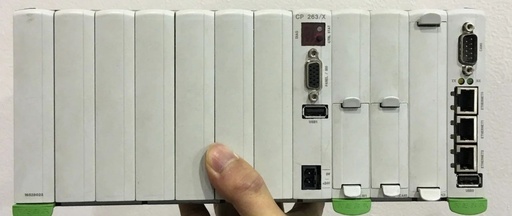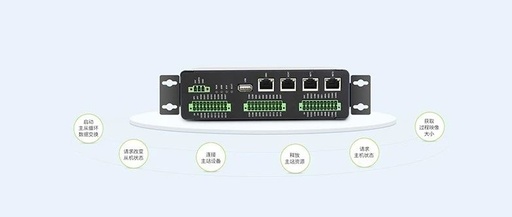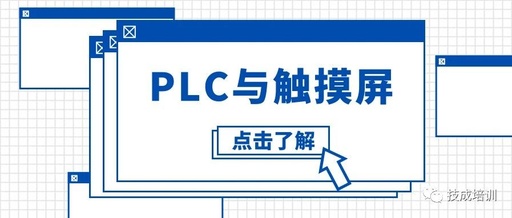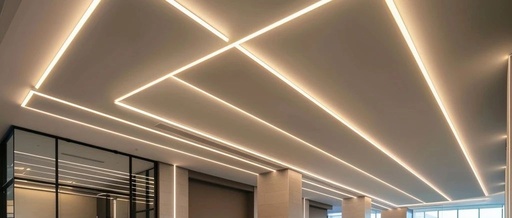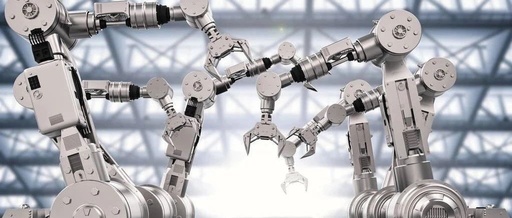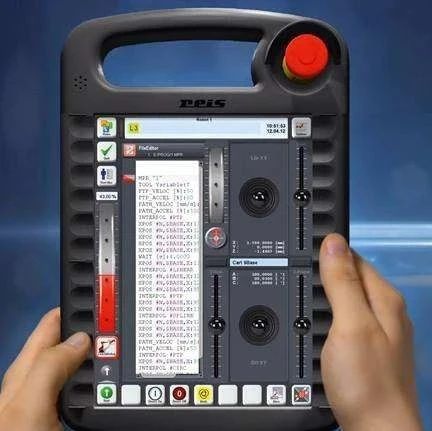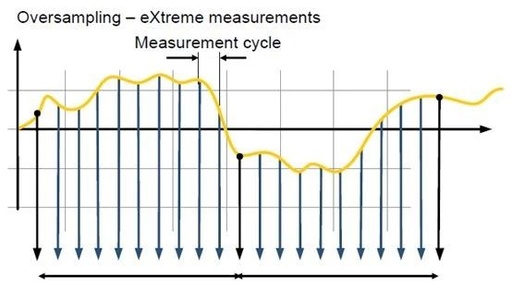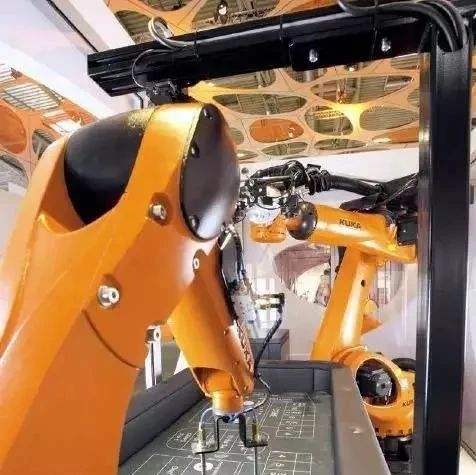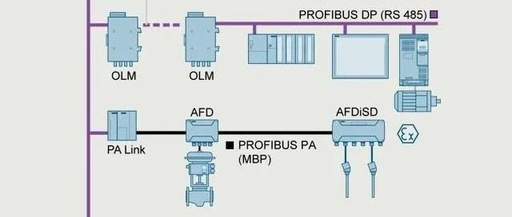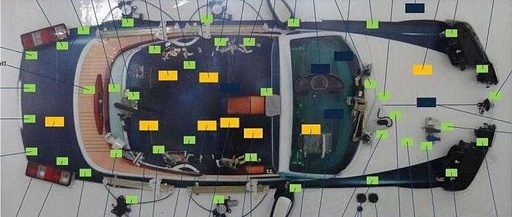Introduction to KEBA Robot Controllers
KEBA (Chinese name: 科控) is a company that provides automation control products and services, headquartered in Austria (it shares a hometown with Beckhoff). Founded in 1968, KEBA has a subsidiary in China with a total of fewer than 1,000 employees and achieved a revenue of 189 million euros in 2015. The company may be small, … Read more
